Buxus Microphylla Japonica, commonly known as Japanese Boxwood, is a compact evergreen shrub that has gained popularity for its versatility and aesthetic appeal. Belonging to the Buxaceae family, this shrub is native to East Asia and is cherished for its dense foliage, ability to be pruned into various shapes, and adaptability to diverse environments.
Growing Conditions:
Japanese Boxwood thrives in temperate climates and is well-suited for USDA hardiness zones 6 to 9. Its hardy nature allows it to withstand different conditions, making it a staple in both formal and informal landscapes.
Soil Type for Good Growth:
Well-draining soil with good moisture retention is ideal for Japanese Boxwood. It can tolerate a range of soil types but prefers slightly acidic to neutral soils.
Weather Type for Good Growth:
Japanese Boxwood flourishes in regions with mild to moderate climates. It can withstand moderate frost and heat, making it suitable for various climatic conditions.
Light and Humidity Requirements:
Partial to full sun is best for Japanese Boxwood. It appreciates some shade in hotter climates. It adapts well to different humidity levels but generally prefers moderate humidity.
Fertilizers and Pesticides:
Applying a balanced, slow-release fertilizer in spring promotes healthy growth. Pruning helps maintain its shape. Regular monitoring is essential to catch pests like boxwood leafminers and mites. Use horticultural oil or insecticidal soap for pest control.
Common Pest Issues:
Japanese Boxwood is susceptible to pests such as boxwood leafminers and mites. Leafminers create winding tunnels on leaves, while mites cause stippling and discoloration. Vigilance and early treatment are key to managing these pests.
Edibility:
Japanese Boxwood is not edible and should not be consumed. It contains compounds that can be toxic if ingested.
Popular Use Cases:
Formal Hedges: Japanese Boxwood is prized for its ability to be pruned into neat hedges and topiaries, adding structure and elegance to gardens.
Border Planting: Its compact size and dense foliage make it a popular choice for defining garden borders or pathways.
Ornamental Foliage: The lush green leaves and adaptable growth make it a sought-after choice for ornamental planting in various landscape styles.
Traditional Use Cases:
While Japanese Boxwood is not commonly used in traditional medicine or culinary practices, it has been valued for its aesthetic and ornamental qualities for centuries.
Trivia or Facts:
The name “microphylla” refers to the shrub’s small leaves.
Japanese Boxwood’s compact growth and ability to withstand heavy pruning make it a favorite for creating intricate topiaries.
Medical Facts:
The plant’s toxic compounds make it unsuitable for consumption. It’s important to exercise caution and keep it away from areas accessible to pets and children.
In summary, Buxus Microphylla Japonica, or Japanese Boxwood, is a versatile evergreen shrub admired for its compact growth, dense foliage, and adaptability. Thriving in a range of climates, it is a favored choice for hedges, borders, and ornamental planting. While its aesthetic and structural appeal are undeniable, its toxic nature underscores the importance of responsible cultivation and awareness.

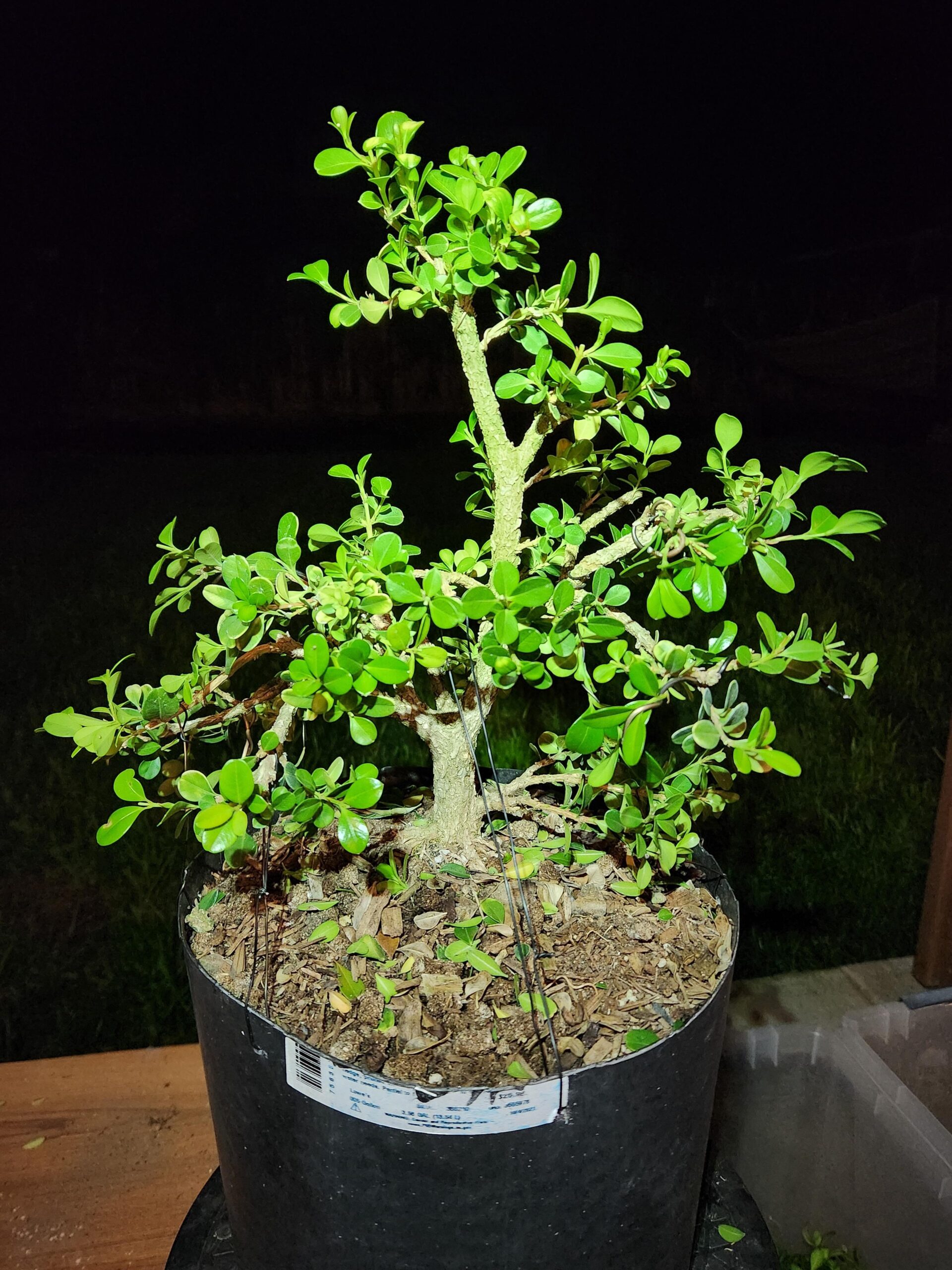
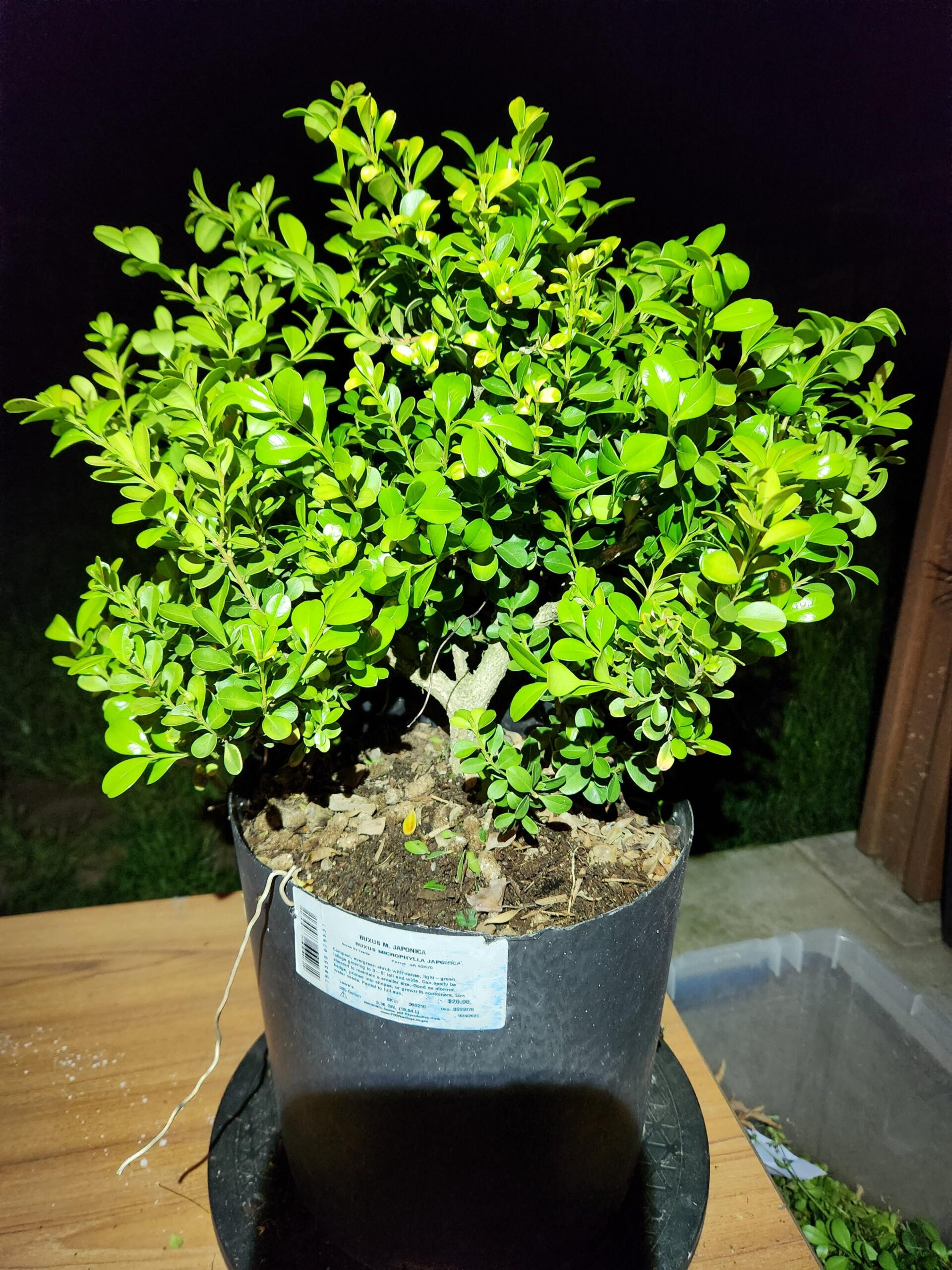
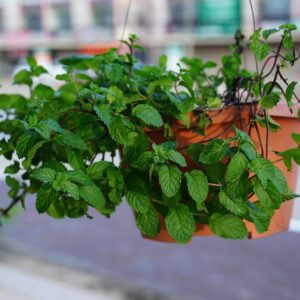
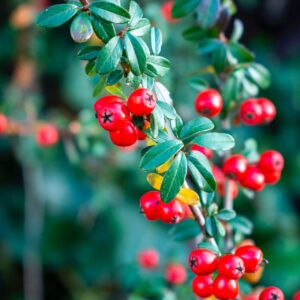
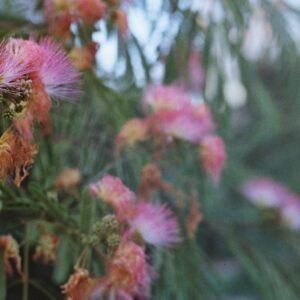
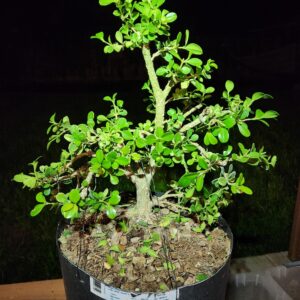
Reviews
There are no reviews yet